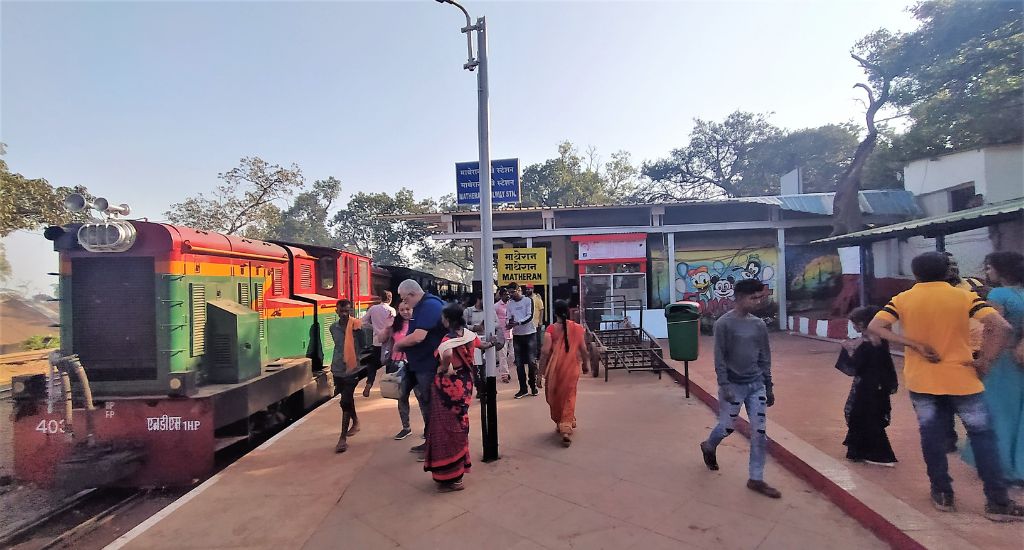
Youngsters ditch restaurants, boost roadside stalls in Matheran
Young tourists on shoestring budgets skip restaurants and eat at roadside stalls or buy fresh fruits and berries sold by people living in the valley below Matheran.

Young tourists on shoestring budgets skip restaurants and eat at roadside stalls or buy fresh fruits and berries sold by people living in the valley below Matheran.
The 21km ride from Neral in the foothills to the British-era hill station of Matheran on a toy train chugging along a verdant, winding track had been recorded in innumerable travel blogs with the word “nomad” clumsily shoehorned into the title.
Matheran is all about the views, but the puffery often eclipses the real and hardworking tribals of the town, located about 80km east of Mumbai and at an elevation of 800 metres in the Sahyadri Hills of the Western Ghats range.
Automobiles aren’t allowed in the town dotted with colonial-style cottages and partially-paved roads of compacted red soil. These roads lead to nearly three dozen vantage points to look out over the Ghats and quaint villages in the valley below.
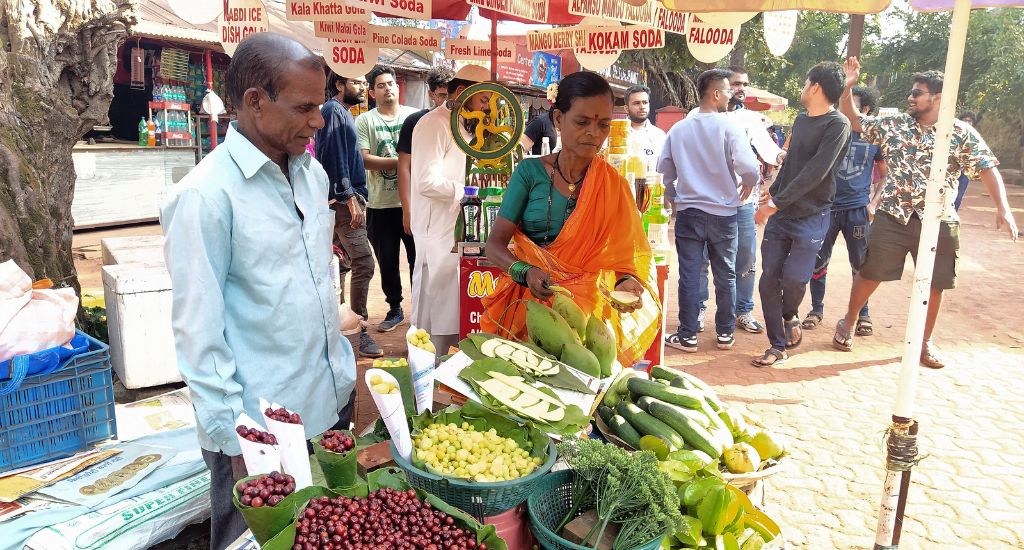
A stirring of tribal men and women from villages deep in the valley – Dodhani, Ambewadi, and Tadwadi, to name a few – swiftly climb the narrow hill trails around sunup, carrying heavy baskets of fresh fruits, vegetables, and flowers on their heads.
Born amidst the hills, climbing comes naturally to them, like the Sherpas of the Himalayas. They head to town every day, hauling extra loads on weekends when more tourists come.
“I leave home at six and reach Matheran by nine. Have been doing this since childhood. I used to come with my parents then. It’s a way of life for us,” said 40-year-old Krushna Hindola, a native of Tadwadi village.
He and his wife Kamla sell home-grown red berries, star fruit, amla, and cucumber to locals and tourists. They head back home after sundown.
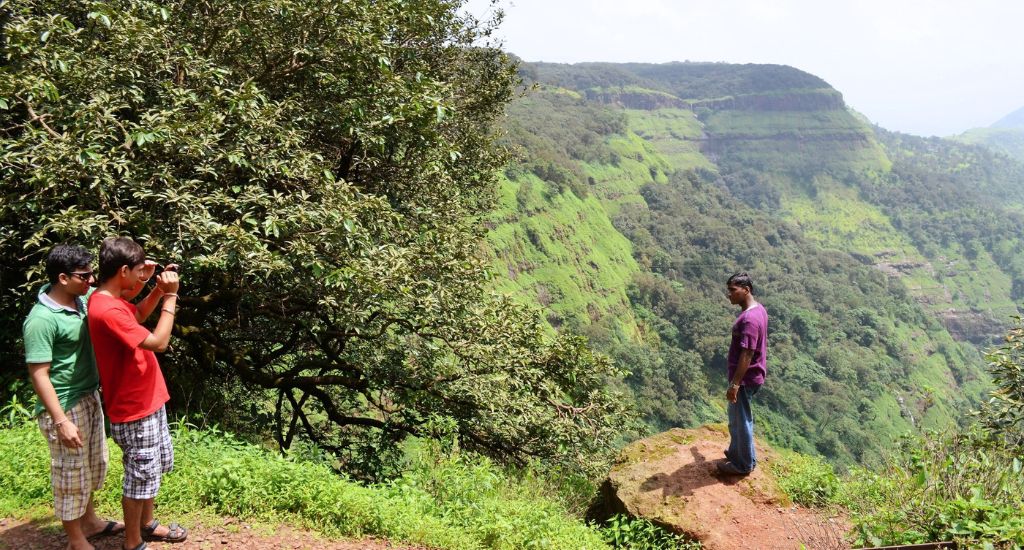
“It’s a tough and tiring trek. The monsoon months are especially tricky because of the torrential rain. We take a break from this routine during the harvest season. Most villagers cultivate paddy,” said Dehu Pokala, a sexagenarian from Wavarle.
Matheran was developed by the British to escape the tropical summer heat of the plains. The tradition continued after India gained independence and affluent families came to the hill station on longish vacations.
Our income has improved drastically. We know business won’t be affected even during the monsoon because there will always be a steady flow of young visitors
Those leisurely long trips have become rare these days. Most visitors are day-trippers or on a short weekend break. College students and young couples make up the bulk of the crowd.
“They are mostly on a shoestring budget. They seldom eat in restaurants. They’ll have a vada pav or buy guava or berries,” said Seema Kadam, who runs an eatery in Matheran.
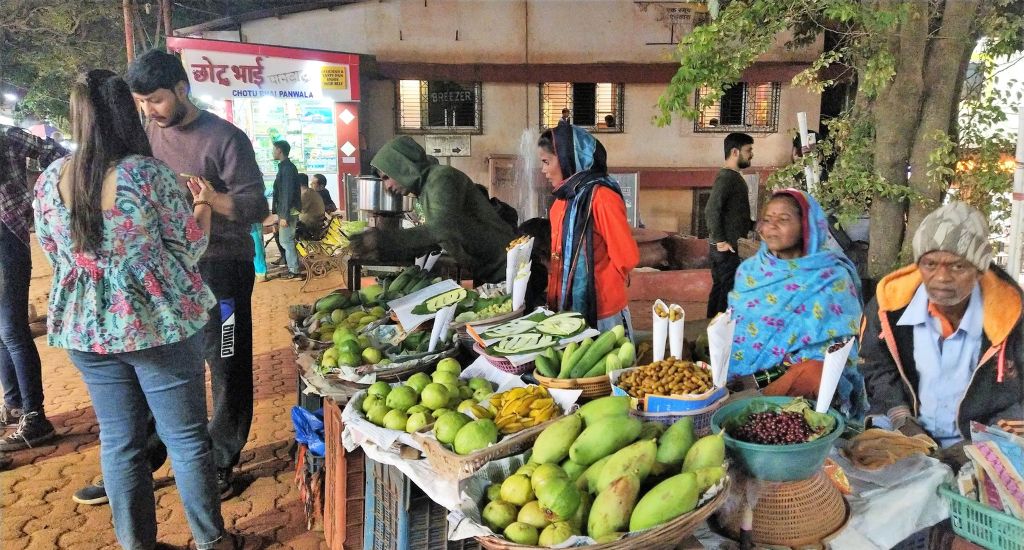
The changing demography of visitors and their economic dynamics are good for the tribal villagers selling snacks and fruits by the roadside.
“Our income has improved drastically. We know business won’t be affected even during the monsoon because there will always be a steady flow of young visitors,” said Krushna.
The vendors are quick to know the young clientele’s preferences. Street foods like roasted maize, berries, raw mango slices, guava, peanuts, etc. are “meals” of choice for most tourists flocking to the town on a day trip. A variety of falooda, ice-gola, and fresh drinks such as lime and kokam soda are downed with enthusiasm on hot summer days.
Roadside snacks and beverages are available everywhere, as opposed to the time when people ate at restaurants – spending hours soaking up the old-world charm and chatting their hearts away. “The town’s residents can see the changes and understand what the new patrons want,” said Santosh Kadam, a Matheran local.
The last mile from Dasturi Naka to Matheran can be covered only on foot, hand-pulled rickshaws, and horses as the town is blissfully free from vehicles. The local administration recently did a pilot run of electric rickshaws after a long-drawn legal battle because of strict rules to protect the eco-sensitive area. A proposal is afoot to extend the trial for a year.
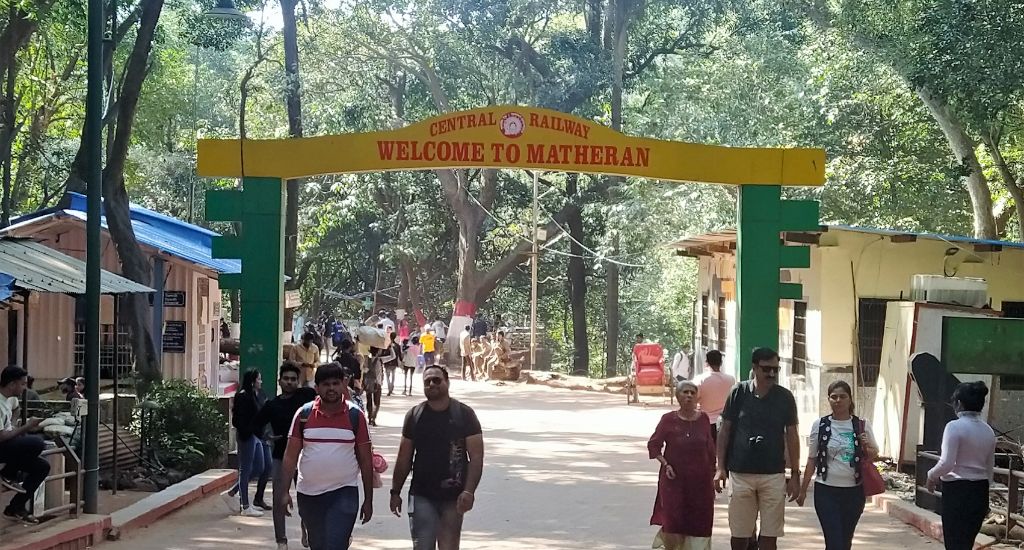
The e-rickshaws are getting a good response. The fare from Dasturi Naka to Matheran is Rs 35 on an e-rickshaw and Rs 45 to book a second-class seat on the toy train.
“A one-way horse ride is Rs 500 and upwards. I never hire a horse, which is risky anyway,” said Mumbai-based journalism student Manasi Patil.
Tourists prefer the toy train from Neral, but many drive up to Dasturi Naka on bikes and cars and then walk.
“I like to hike. I see horse riding as a form of animal cruelty. When I visit with my lazy friends, we take the toy train,” said Gautam Pawar from Mumbai.
The lead image at the top shows the toy train at Matheran railway station (Photo by Manu Shrivastava)
Manu Shrivastava, lawyer and journalist based in Mumbai. She is also the co-convenor of ‘The Woman Survivor’ initiative.